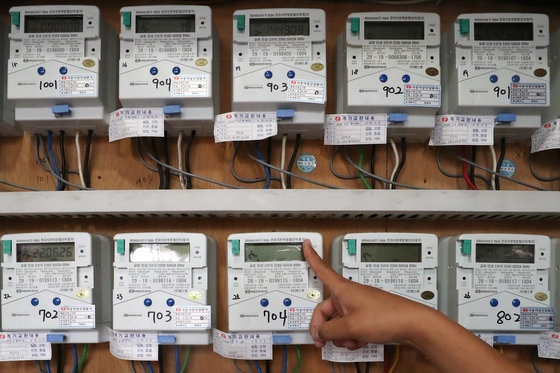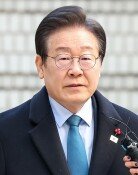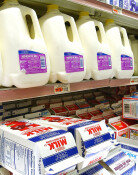June’s early heatwave catapults power demand to a historic high
June’s early heatwave catapults power demand to a historic high
Posted July. 05, 2022 08:19,
Updated July. 05, 2022 08:19

Electricity demand hit an all-time high in June as Korea was struck by the summer heat wave. The electric power reserve rate fell below the 10 percent threshold, which indicates the remaining electricity is below what it needs to be for a stable power supply.
The country's maximum power demand averaged 71,805 megawatts (MW) last month, which is a 4.3 percent increase year-on-year, according to the Korea Power Exchange on Monday. This was the first that June exceed the 70,000-MW level, which was the highest figure since record-keeping began in June 2005. In particular, the electric power reserve rate dropped to 9.5 percent. The reserve rates should be maintained above 10 percent to be prepared for emergencies like power plant outages.
A scorching summer increased the use of air-conditioning. In addition, the economic recovery from the pandemic fueled by lifting disease control measures pushed up industrial power demand in Korea. August will catapult the power demand to the maximum level which raises concerns over the need to activate an electricity supply and demand emergency alert.
According to the Ministry of Trade, Industry, and Energy, electricity demand will hit the highest in the second week of August, which is projected to bring down the power reserve below 5.2GW. If this happens, Korea will enter the preparedness phase among the power supply emergency steps. When the country goes into the emergency response phase, the alert will be issued in nine years since August 2013.
“The nation will secure an additional 9.2GW in reserve for a stable power supply,” an official from the ministry said. “The government will make efforts to prevent the worst-case scenario such as a power blackout.”
kalssam35@donga.com







